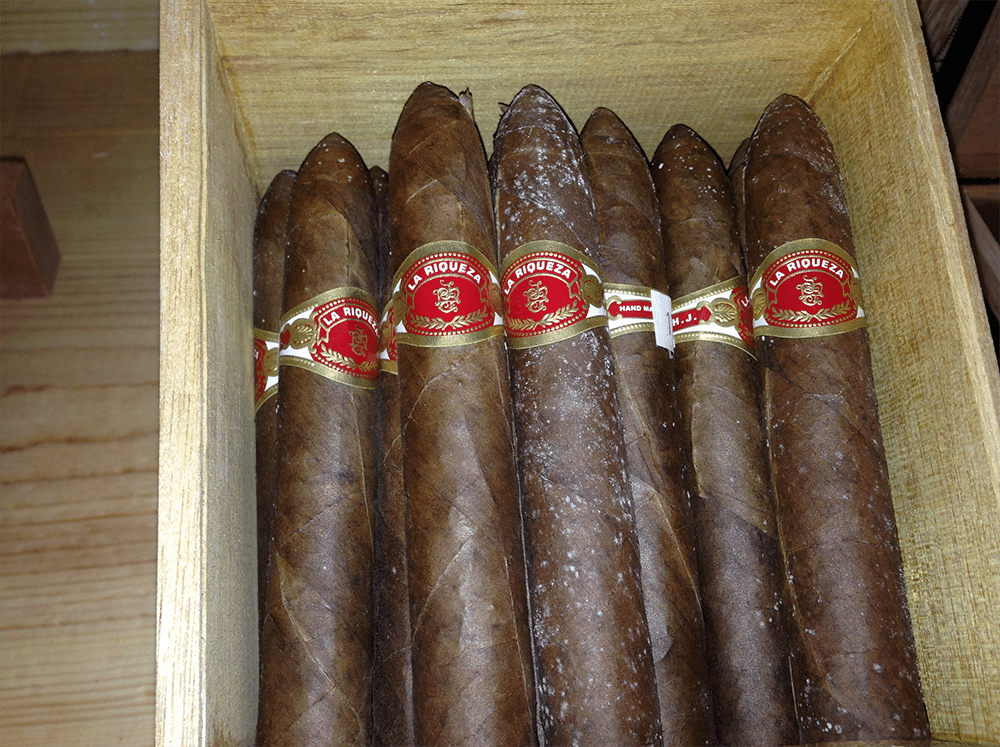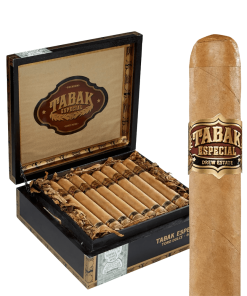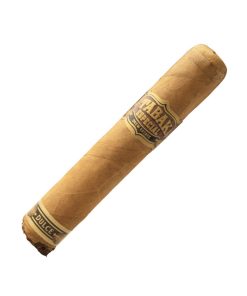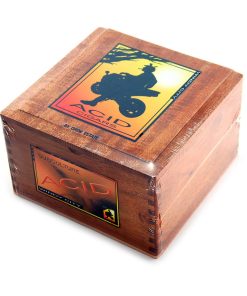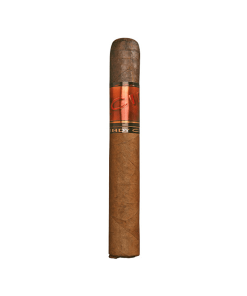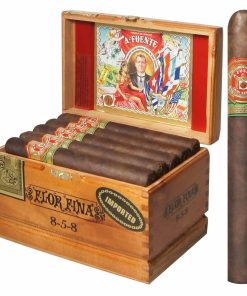RYO LifeStyle Blog
Is Smoking Cigars with Plume Safe?
If you’re a fan of smoking cigars, you’ve probably noticed that they come in various sizes and shapes. One of the most popular types is a figurado which refers to its swirling shape. Figurados are often longer than regular-sized cigars or even Churchill lengths. Still, they tend to be less wide than other varieties like coronas (the standard-sized cigar) or robustos (which have double the length).
Plume refers to cigar smoke that curls up around your mouth when you puff on it, giving off an airy appearance as it rises toward the ceiling. It’s not uncommon for cigar lovers to take pride in how many plumes they can produce in their smoke. For many years now, people have been trying to figure out what exactly causes plume formation so we can better understand how to achieve this effect at home whenever we want it and what risks might be involved if we don’t know what we’re doing!
What is a plume?
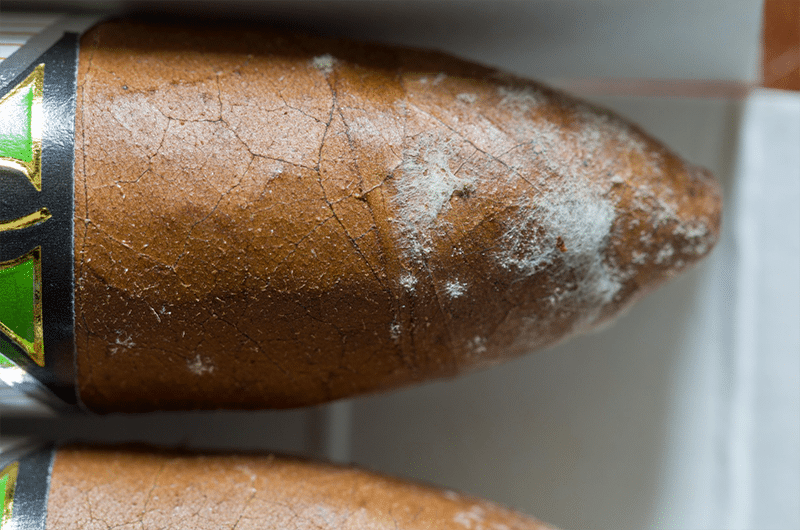
So what is a plume? Plume is a fungus that grows on tobacco leaves and can harm cigars. It is caused by tobacco beetles, insects that infest tobacco plants’ leaves and lay eggs in them. The fungus carries spores that affect the appearance of your cigar’s wrapper, causing it to crack and turn brown or black. This process causes discoloration throughout the cigar, which means that no part of your smoke will remain unaffected by the plume, not even its ash.
To make matters worse, this fungi also affects how much smoke you inhale into your lungs when smoking. Because plumes severely reduce flavor and aroma (two key components in enjoying a cigar), they greatly reduce overall enjoyment while smoking your favorite stogie(s).
Is plume good or bad?
- Plume is a natural byproduct of the cigar-making process. It’s not mold, but it can be a sign of tobacco beetle infestation, which is bad for you and your cigars.
- Plume is safe to smoke. But if you see plumes on your cigars when you open them up, it could mean something wrong with those particular smokes. You should return or exchange them for another box before lighting up.
- Tobacco beetles love to eat tobacco leaves and will leave behind their droppings (aka “frass”) in the form of tiny black dots that look like pepper flakes on your cigar leaves. These spots are also called flecks or speckles because they resemble specks of pepper spice sprinkled around the tobacco leaf surface during fermentation and aging stages before rolling into a wrapper leaf where they’ll eventually disappear once heated in your mouth while smoking a fine handcrafted premium handmade premium priced $6 cigar worth $12 bucks per stick imported from someplace exotic like Nicaragua or Ecuador.
Why is some tobacco covered with sugar?
Sugar is used in fermentation to control tobacco’s pH level. Tobacco leaves contain little to no sugar, so they must be fermented before they can be smoked. Sugar can also be used to improve the flavor of tobacco, and some people claim that it helps keep moisture levels up.
How do plumes affect cigar flavor?
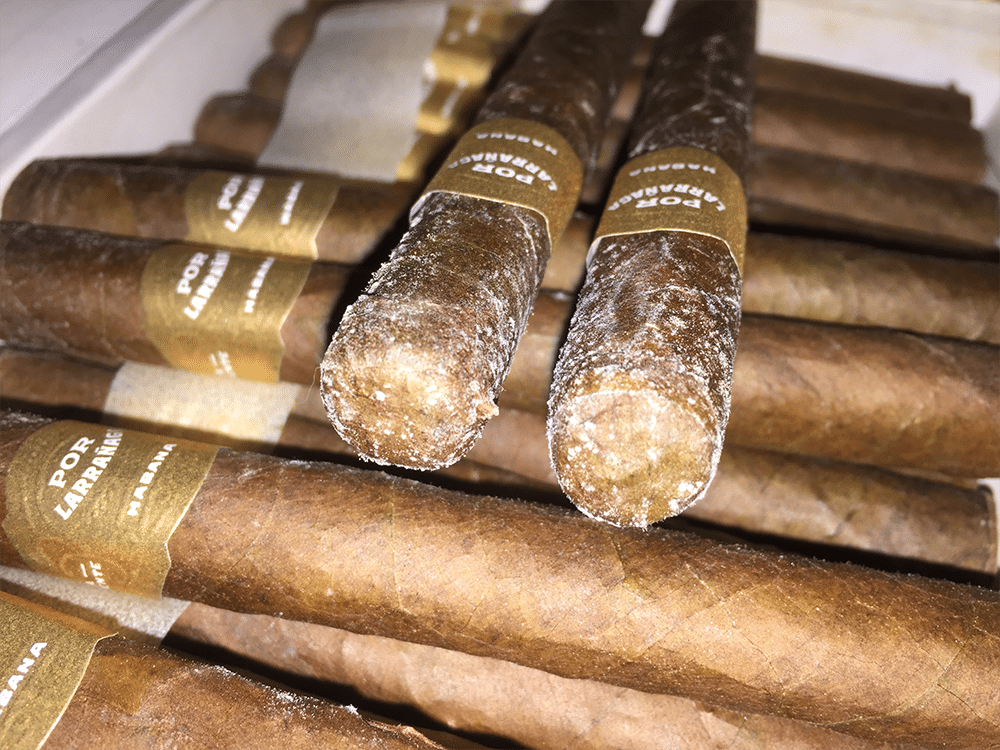
When you inhale smoke from a cigar, it passes through the wrapper and filler. This is where the bulk of the tobacco’s character comes from, so plume can sometimes affect this part of your cigar unpleasantly. If you notice an off-taste or bitterness in your smoke, there’s a chance that plume may be to blame; some plumes are more prone to causing this than others (but we’ll get into that later).
Plume also affects how well your cigar burns down towards its end: if there’s too much moisture in the air around you, it will make it harder for any embers left behind by burning tobacco to ignite new coals. This means they’ll need a little extra time before they start again, which could be better when you’ve got people waiting on their next puff.
However, if there isn’t enough moisture in the air around them, then those same parts might burn too quickly without giving their neighbors enough heat or oxygen; this is what leads to tunneling problems with your draw (when smoke gets trapped inside one side) or uneven burns along different sides of each wrapper leaf (resulting in those ugly ash lines).
How you can protect yourself from tobacco beetle infestation.
- Store your cigars in a cool, dark place. The ideal temperature is between 65 and 68 degrees, with a humidity level of 70 percent. Cigars should be kept from heat, moisture, and light sources to prevent tobacco beetle infestation.
- Be careful not to damage the cigars when handling them. If you’re going to smoke them soon, don’t roll up the cigar or crush it into a tight ball, as this can damage its wrapper and make it more susceptible to tobacco beetle infestation.
- Examine your cigars for signs of tobacco beetle infestation or spoilage (e.g., mold) before smoking them.
While it may be visually appealing, the plume can hurt your cigars
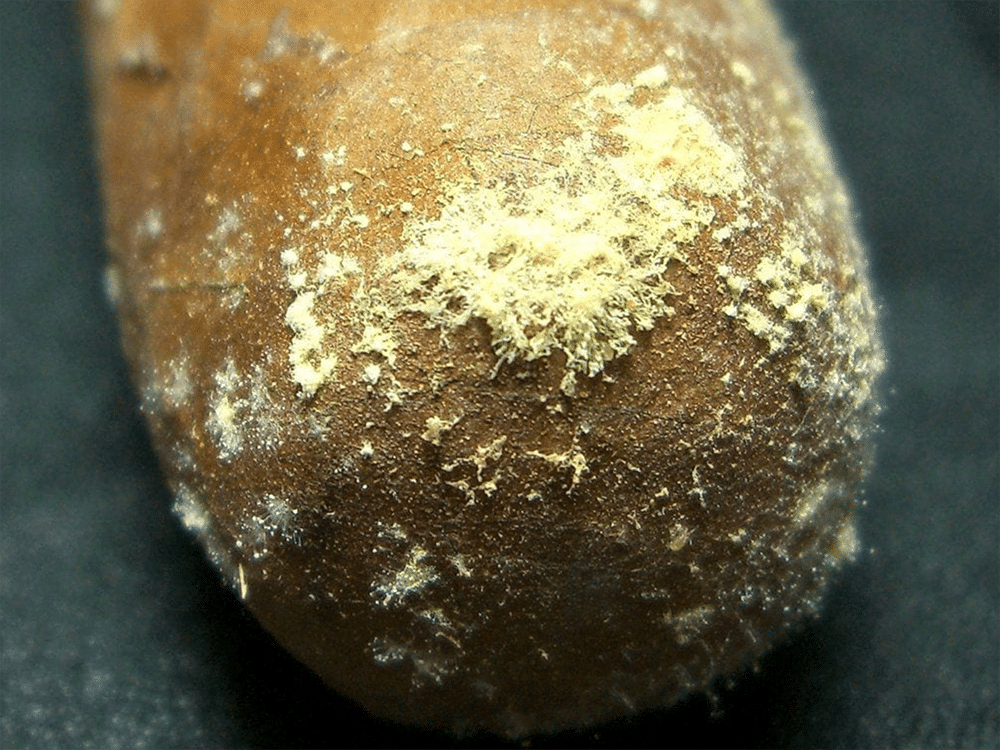
Plume, or the tobacco beetle byproduct that coats your cigars and creates a fine layer of dust, is one of the main reasons why cigar enthusiasts are advised to keep their humidor’s temperature at 68 degrees Fahrenheit or below. The billowing cigar smoke might look cool, and it certainly is, but this toxic smoke can affect your health and even how your cigars taste.
All tobacco products (cigars included) will have plumes because they’re all made with tobacco plants infested with beetles. These small bugs burrow into the outer leaves of a plant and chew away at its surface until they’ve eaten all they can, leaving behind a brownish residue called frass or “beetle dust.” Burning this tainted leaf material releases carcinogenic gases like benzene and hydrogen cyanide into your airways; these chemicals may cause cancer if inhaled consistently over time.
Conclusion
So, is smoking cigars with a plume safe? The answer is not really. If you want to enjoy the best flavor from your cigars, the safest thing to do would be to avoid them. However, if you still want to smoke them, ensure your humidor isn’t too humid and keep them out of direct sunlight when possible.
SHOP CIGARS

